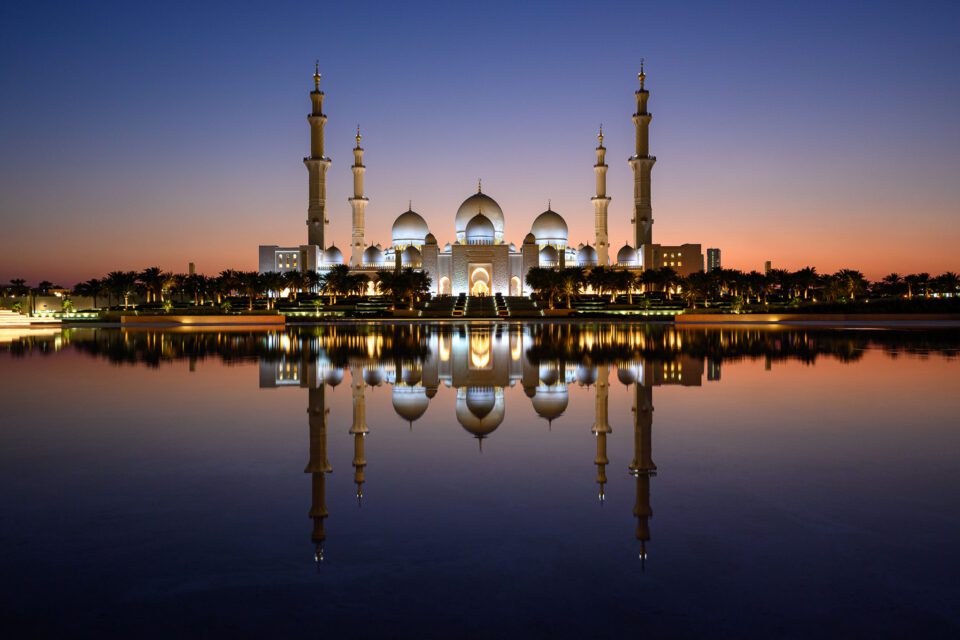23 Photography Tips for Beginners in 2023
My all-time favorite tips that any beginning photographer should know!
 Whenever I think of a useful photography tip, I always write it down for later. Most of them are forgettable, but some are so helpful that I try to tell them to as many photographers as possible. This article contains 21 of the best. These bite-sized photography tips are easy to understand, covering everything from beginner camera technique to creativity and composition. If you’re learning photography, these should be especially helpful for you along the way.
Whenever I think of a useful photography tip, I always write it down for later. Most of them are forgettable, but some are so helpful that I try to tell them to as many photographers as possible. This article contains 21 of the best. These bite-sized photography tips are easy to understand, covering everything from beginner camera technique to creativity and composition. If you’re learning photography, these should be especially helpful for you along the way.
My all-time favorite tips that any beginning photographer should know!








تعليق